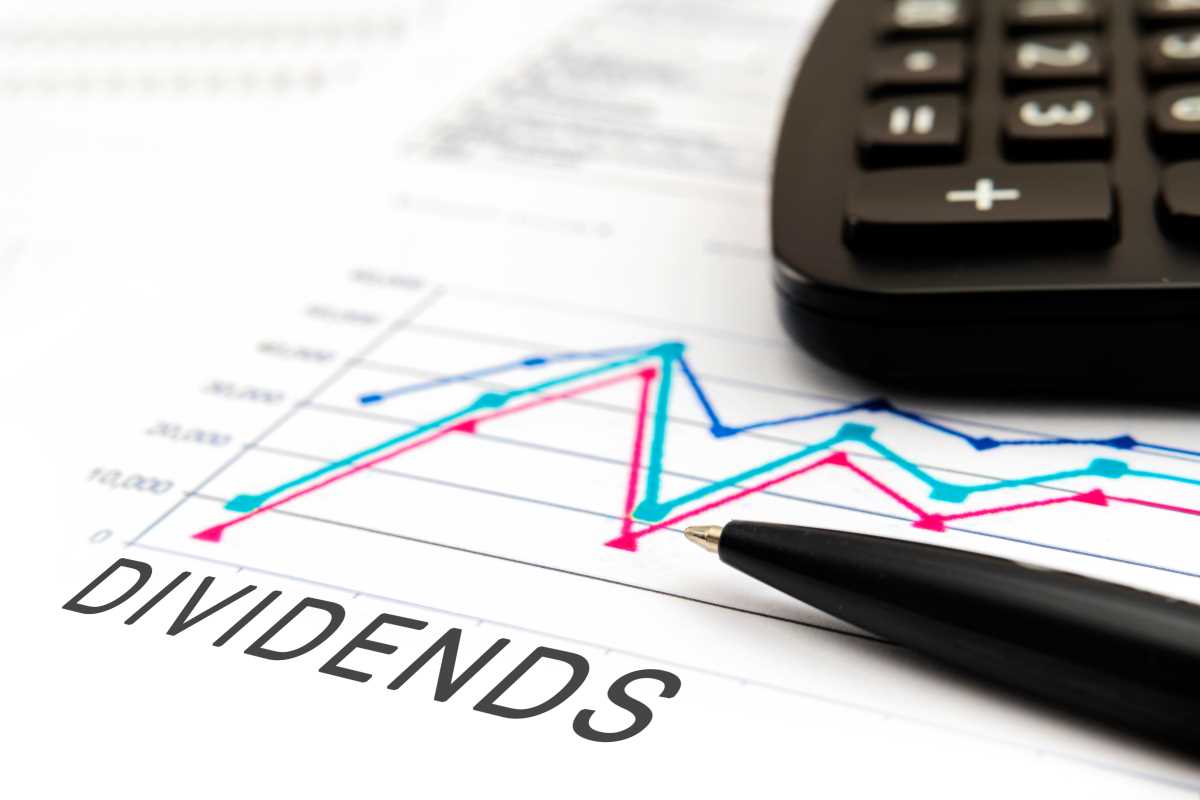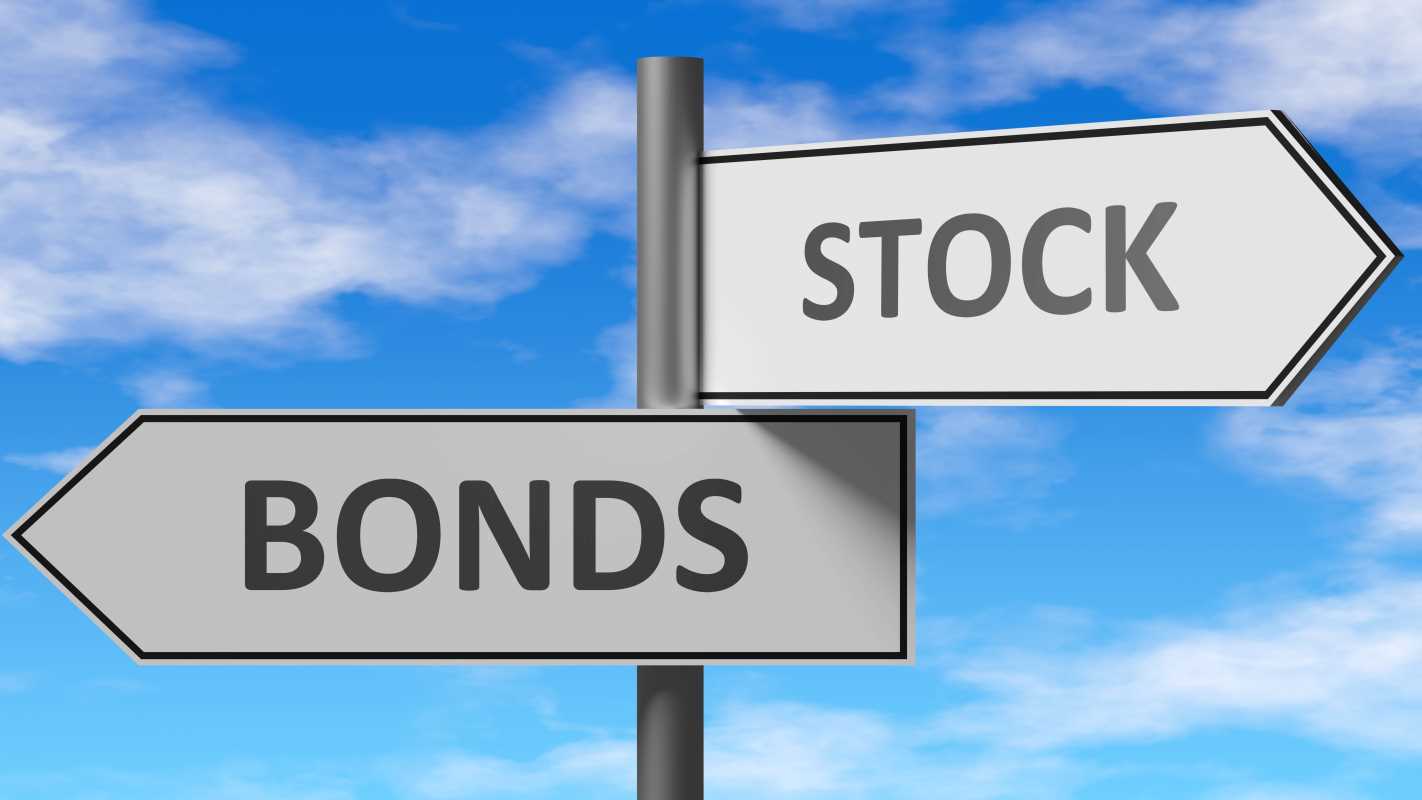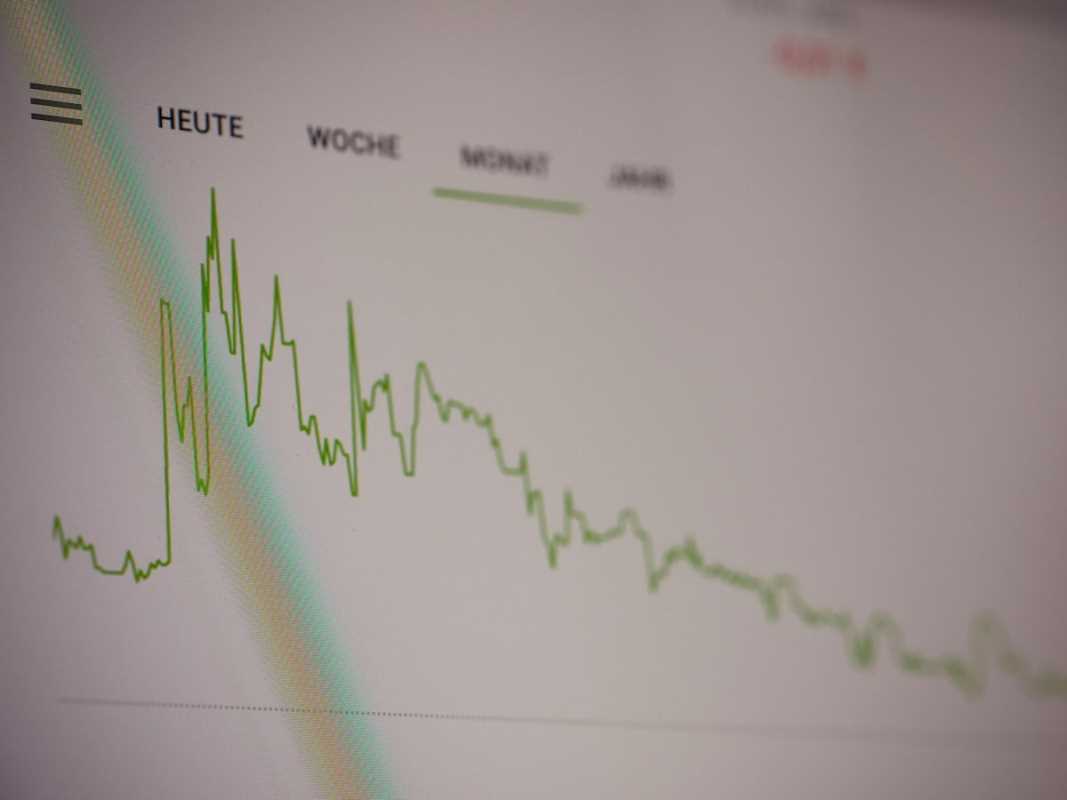Watching the stock market can feel like being on a rollercoaster. Prices jump up one day and plunge the next, and the constant motion can be exhausting. Many people dream of a way to invest that feels less like frantic day trading and more like a steady, reliable partnership. What if you could get paid just for owning a piece of a company, without having to sell your shares? This isn't a fantasy; it's the core idea behind dividend investing. By choosing the right companies, you can create a stream of income that shows up in your account like clockwork, turning your investments into a source of consistent cash flow. This approach can be a powerful way to build wealth over the long term, almost like getting a small paycheck from your portfolio.
What Exactly Are Dividends?
Think of a dividend as a thank you gift from a company to its shareholders. When a business earns a profit, its leadership has to decide what to do with that extra money. They can reinvest it back into the company to grow, or they can share a portion of it directly with the people who own its stock. That shared portion is the dividend. It’s a way for a company to reward its investors for their belief and financial support. These payments are typically made in cash and are usually distributed on a regular schedule. Most companies that pay dividends do so every three months, or quarterly. So, if you own shares in one of these companies, you can expect to receive a payment four times a year for as long as you hold the stock.
Dividend Yield vs. Dividend Growth
When people first discover dividends, they often get excited about something called the dividend yield. The yield is a simple percentage that tells you how much a company pays in dividends each year relative to its stock price. A high yield can seem very attractive, but it doesn't tell the whole story. An equally important concept is dividend growth. This refers to a company's track record of increasing its dividend payment over time. A company that consistently raises its dividend year after year shows that it is financially healthy and committed to its shareholders. A lower-yielding stock with strong dividend growth can often be a better long-term investment than a high-yield stock with a stagnant or unreliable payout.
Spotting Reliable Dividend Payers
The secret to successful dividend investing is finding companies that are reliable payers. Consistency is more important than a flashy, high yield that might not last. The most dependable dividend payers are often well-established companies with a long history of profitability. You can spot these by looking for a history of uninterrupted dividend payments, especially through tough economic times like recessions. Companies that have not only paid but also increased their dividends for 25 or even 50 consecutive years are often called Dividend Aristocrats or Dividend Kings. This long-term consistency is a powerful signal of a stable and well-managed business.
Key Metrics to Look For
To dig a little deeper, you can look at a few key financial metrics to judge the safety of a company's dividend. One of the most important is the payout ratio. This number tells you what percentage of a company's earnings is being paid out as dividends. A very high ratio, like over 80%, might be a red flag that the company is stretching its finances too thin and might have to cut the dividend if profits dip. Another important factor is free cash flow, which is the cash a company generates after paying for its operating expenses and investments. A healthy and growing free cash flow shows that the company has plenty of money to support its dividend. Finally, look at the company’s balance sheet to ensure it doesn’t have an overwhelming amount of debt.
Spreading Your Bets Across Sectors
Just like with any type of investing, it’s not wise to put all your eggs in one basket. Diversifying your dividend stocks across different economic sectors can help protect your income stream. Some sectors are traditionally known for having many reliable dividend payers. These include consumer staples, the companies that sell things we need every day like food and soap. Utilities, which provide electricity and water, are also famous for their steady payouts. The healthcare and industrial sectors also contain many strong dividend-paying companies. By building a portfolio with stocks from a mix of these different areas, you reduce the risk that a problem in one industry will have a major impact on your overall income.
A Quick Word on Taxes
It’s important to understand that dividends are typically considered taxable income. However, the tax rules can be favorable. Many dividends from U.S. companies are considered "qualified dividends," which are taxed at a lower rate than your regular income. The exact rate depends on your overall income level. A powerful way to manage taxes is to hold your dividend stocks within a tax-sheltered retirement account, such as a Roth IRA or a Traditional IRA. Inside these accounts, your dividends can grow year after year without you having to pay taxes on them annually, allowing your investment to compound more quickly.
Building Your Dividend Plan
Once you start receiving dividends, you have a choice to make. You can take the payments as cash, providing you with a regular income stream. Alternatively, you can choose to automatically reinvest your dividends back into buying more shares of the same company. Many brokerage platforms offer a Dividend Reinvestment Plan, or DRIP, that makes this easy. Reinvesting allows your investment to compound, as your new shares will also start earning dividends, creating a snowball effect that can dramatically accelerate your wealth-building over the long term. Your choice depends on your personal financial goals.
Understanding the Risks
While dividend investing is generally considered a more conservative strategy, it is not without risks. The biggest risk is that a company can cut or eliminate its dividend entirely. This usually happens when a company faces financial trouble, and it almost always causes the stock price to fall. Another risk is rising interest rates. When interest rates go up, other investments like bonds become more attractive, which can make dividend stocks look less appealing and cause their prices to decline. Finally, beware of "value traps," which are stocks with an unusually high dividend yield. This high yield is often a warning sign that the market believes the dividend is unsustainable and likely to be cut soon.
How to Get Started with Research
Starting your dividend investing journey is straightforward. Begin by creating a watchlist of companies in sectors known for paying dividends. You can use free financial websites or your brokerage’s research tools to screen for stocks based on criteria like dividend yield, payout ratio, and a history of dividend growth. Once you have a list, start digging into the individual companies. Read their latest earnings reports and look at their financial health. The goal is to build a diversified portfolio of 15 to 20 high-quality, reliable companies that you feel confident holding for the long haul. Track their performance and dividend payments over time, and you will be on your way to building a durable income stream.







